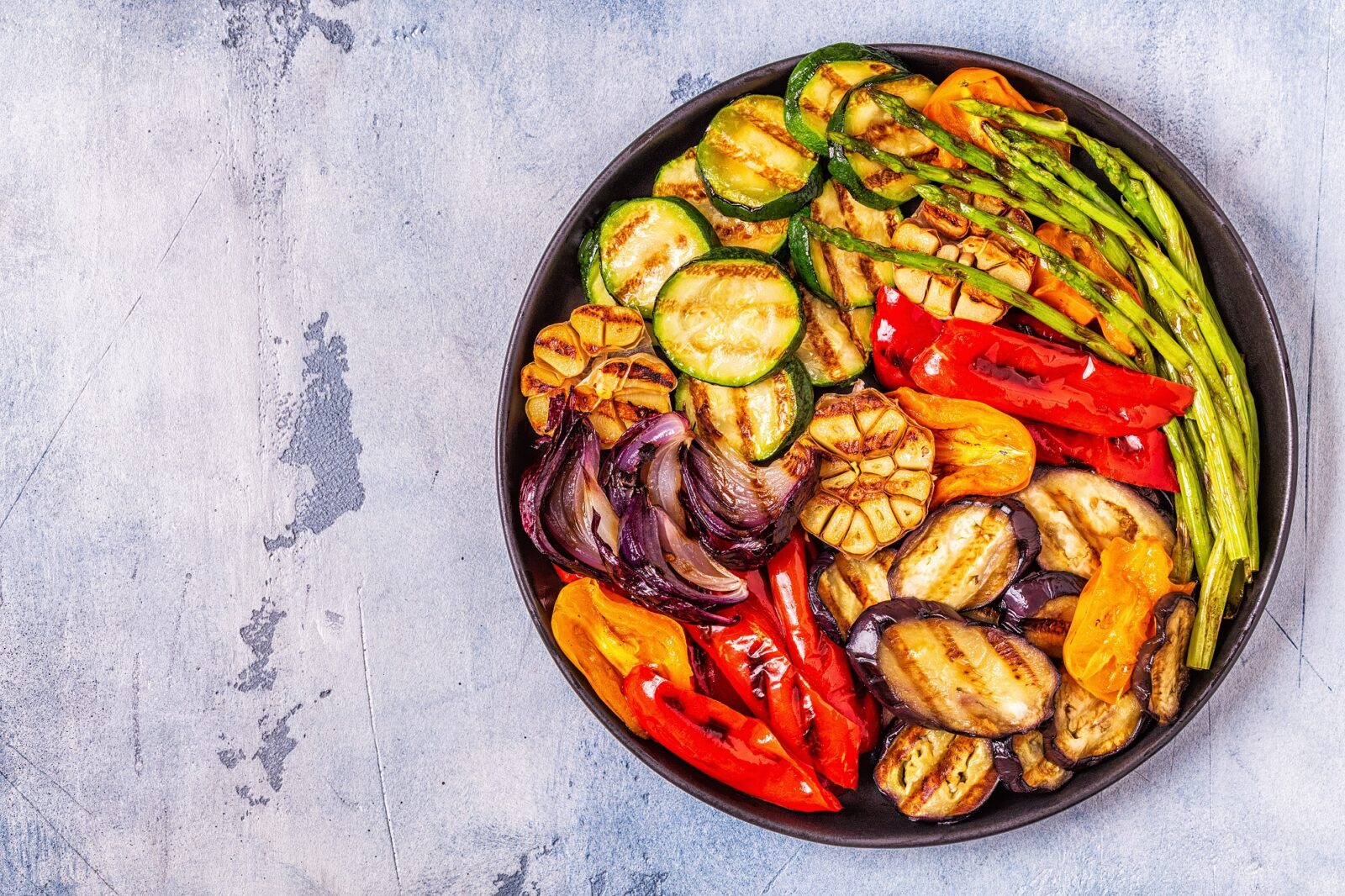
When it comes to food, much attention is paid to “what” we eat—whether it’s organic, gluten-free, whole, or processed—and rightfully so; the nutritional value of the foods we consume significantly influences our trajectory of health and disease. And yet, the effects of foods extend beyond their inherent nutritional value. The way food is prepared affects its healthfulness. This is an important consideration, especially during the COVID-19 pandemic—when patients may be preparing more meals at home—and as the outdoor grilling season begins.
When preparing meat, certain cooking methods may present health concerns. During high-heat exposures, such as frying, roasting, braising, and grilling meat, potential carcinogens are formed.1-4 Temperature, duration, heat transfer, and added antioxidants are some factors that may affect the formation of these carcinogens.1,2 Increased mutagenic activity has been noted with increased temperatures and time, and with better heat transfer, as seen in cooking methods with direct contact (frying and grilling).1 For inhibition, antioxidant-rich marinades that include herbs commonly used as meat flavoring (garlic, ginger, thyme, and rosemary) may prevent the formation of potential carcinogenic compounds during frying or grilling.5-7
Grilling & cancer risk
Small amounts of grilled meat are likely just fine to consume, but for people with a history of cancer and/or high consumption, there are some red flags to consider. Meat, including beef, pork, poultry, or fish, may form carcinogenic chemicals called heterocyclic amines (HCAs) and polycyclic aromatic hydrocarbons (PAHs) when charred or cooked over high heat, as on a grill.1,8 Research suggests:
- When the meat’s fat drips into the grill, the resulting flames can cover food with PAHs,9 and inhalation may also contribute to PAH risk, dependent on the degree of exposure.10
- PAHs may also be absorbed through the skin. A 2018 case study in China on the carcinogenicity of PAHs found that in the case of barbeque fumes, dermal absorption was a more important pathway for intake of low-molecular-weight PAHs than inhalation.11
- Regarding risk of cancer development, human studies have not been definitive. A review of epidemiological studies suggested that high exposure to meat carcinogens, particularly HCAs, may increase the risk of human cancer;12 however, studies investigating associations between meat cooking methods and risk of prostate and colorectal cancer did not report significant findings.13,14
In 2015, an independent panel of experts convened by the International Agency for Research on Cancer (IARC) determined that the consumption of red meat is potentially carcinogenic to humans.15 However, IARC did not conclude that HCAs and PAHs were associated with cancer incidence.15
Healthy tips for grilling foods
What specific steps can patients take to improve the healthfulness of grilled meats? The IFM Toolkit contains “A Guide to Grilling Food,” which can be freely downloaded and printed for distribution in your office. It includes some of the following information:
Members Only Content
To continue reading please subscribe to WellnessPlus by Dr. Jess MD
Be your own best doctor with our comprehensive suite of online health coaching tools.
